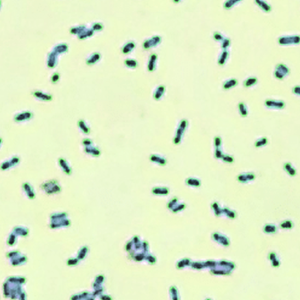 Smart Citations
Smart CitationsSee how this article has been cited at scite.ai
scite shows how a scientific paper has been cited by providing the context of the citation, a classification describing whether it supports, mentions, or contrasts the cited claim, and a label indicating in which section the citation was made.
Selection of commercial protective cultures to be added in Sardinian fermented sausage to control Listeria monocytogenes
Sardinian fermented sausage “Salsiccia Sarda” is a Mediterranean-style, semi-dry, fermented, RTE product, representing the main pork meat product in Sardinia (Italy). The high variability that characterizes the technological processes applied in different production plants results in sausages with different chemico-physical features sometimes permissive for the growth of Listeria monocytogenes. In order to guarantee the hygienic-sanitary quality of the final product and to innovate the manufacturing process, the main objective of this study was to evaluate the use of different commercial protective cultures to control L. monocytogenes growth in the Sardinian fermented sausage. In the first step, in vitro tests were carried out to evaluate the effectiveness of five freeze-dried bioprotective cultures availabe on the market in limiting the growth of L. monocytogenes. The two protective cultures that showed the best in vitro results were selected for a challenge test on artificially contaminated Sardinian fermented sausages. Moreover, the protective culture that showed the best results in inhibiting the growth of L. monocytogenes according to in vitro and challenge test experiments, was included into real production settings and validated in three producing plants. As a result, it was observed that protective cultures represent an important technological innovation for the Sardinian fermented sausage processing plants as they allow to control L. monocytogenes growth without altering the composition, the microflora and the chemical-physical characteristics of the product, thus ensuring safety and quality. Protective cultures also showed to reduce Enterobacteriaceae mean levels at the end of ripening and not to affect the natural concentration of lactic acid bacteria and coagulase-negative staphylococci.
How to Cite
PAGEPress has chosen to apply the Creative Commons Attribution NonCommercial 4.0 International License (CC BY-NC 4.0) to all manuscripts to be published.

 https://doi.org/10.4081/ijfs.2022.10368
https://doi.org/10.4081/ijfs.2022.10368




